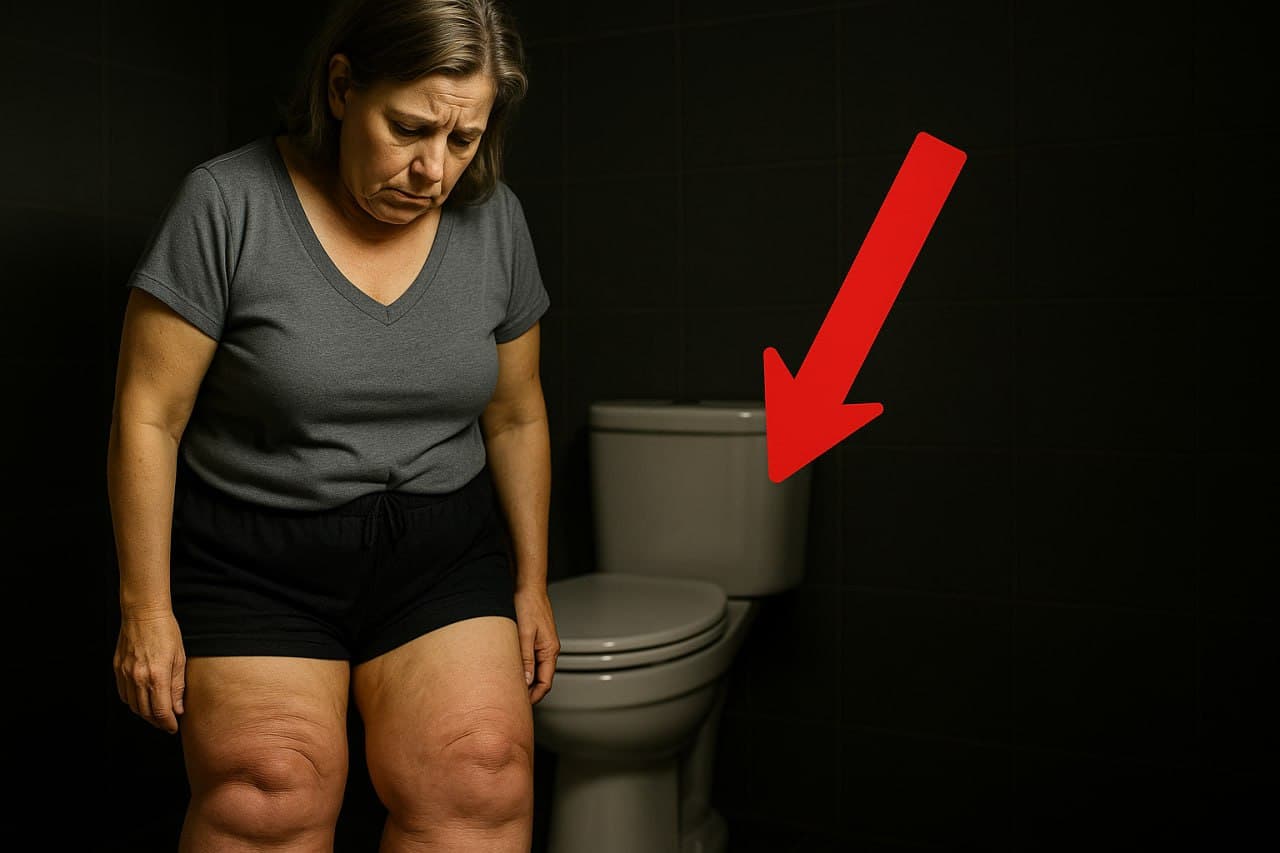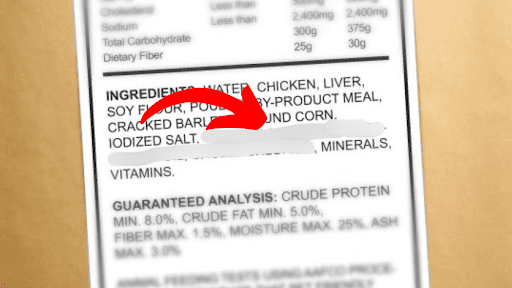How To Fix DRY EYES With Nutrition!
Dry eye syndrome, a very common condition, can significantly influence daily comfort and ocular health. While many resort to prescriptions or over-the-counter solutions, there might be a simpler dietary remedy available.
Approximately 90 to 95% of individuals with dry eyes may experience substantial relief from symptoms by ensuring an adequate intake of vitamin A. However, it’s crucial to obtain vitamin A through dietary sources rather than supplements.
For a reliable intake of vitamin A, consider incorporating the following into your diet:
- Chicken liver
- Beef liver
- Cod liver
In addition to vitamin A, omega-3 fatty acids play a crucial role in managing dry eye symptoms. When these nutrients are synergistically consumed through your diet, about 90% of people with dry eyes exhibit a remarkable 90% improvement in their symptoms.
For those seeking natural relief from dry eyes, focusing on nutritional changes is a non-invasive and beneficial approach. Ensuring a rich input of vitamin A and omega-3s from your diet rather than supplements can lead to a significant reduction in dry eye discomfort.
“You do not want to take a vitamin A supplement. You want to get vitamin A from your diet.”
It is noteworthy that these dietary adjustments not only provide a solution to dry eyes but also promote overall health, bolstering eye function as well as supporting various bodily systems. Therefore, integrating foods such as chicken or beef liver, in combination with omega-3-rich sources like fish, isn't merely a diet alterer but potentially a life enhacer.
From Around The Web
Wellness Inbox is a blog & weekly newsletter that curates trending news and products related to health and wellness from around the web. We also gather content from various sources, including leading health professionals, and deliver it directly to you.
Please note that we may receive compensation if you purchase any products featured in our newsletter. Wellness Inbox is not affiliated with, nor does it endorse, any health professionals whose content may appear in our newsletter. The information provided is for general informational purposes only and should not be considered medical advice.
The information provided is not intended to replace professional medical advice, diagnosis, or treatment. All content, including text, graphics, images, and information available is for general informational purposes only. We do not guarantee the accuracy or completeness of any information presented and assume no liability for any errors or omissions. The content is subject to change without notice. We encourage you to verify any information with other reliable sources and consult your physician regarding any medical conditions or treatments.







